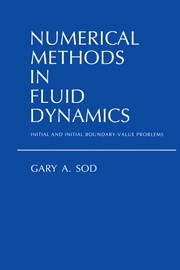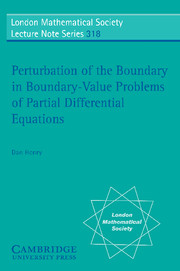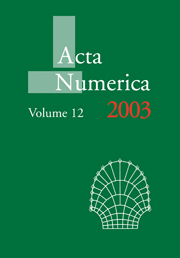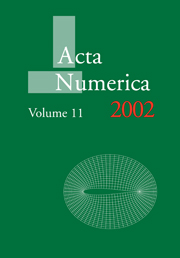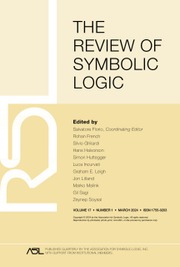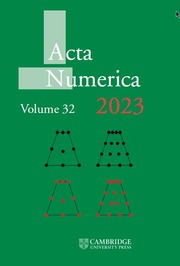Numerical Solution of Two Point Boundary Value Problems
Lectures on a unified theory of and practical procedures for the numerical solution of very general classes of linear and nonlinear two point boundary-value problems.
Product details
January 1987Paperback
9780898710212
69 pages
252 × 172 × 8 mm
0.142kg
This item is not supplied by Cambridge University Press in your region. Please contact Soc for Industrial & Applied Mathematics for availability.
Table of Contents
- Shooting methods
- Finite difference methods
- Eigenvalue problems
- Singular problems.


